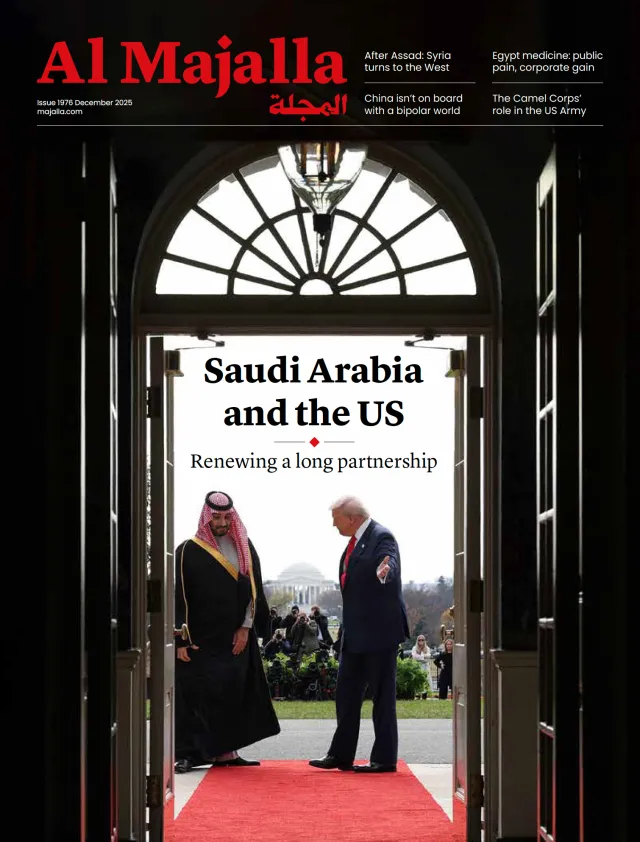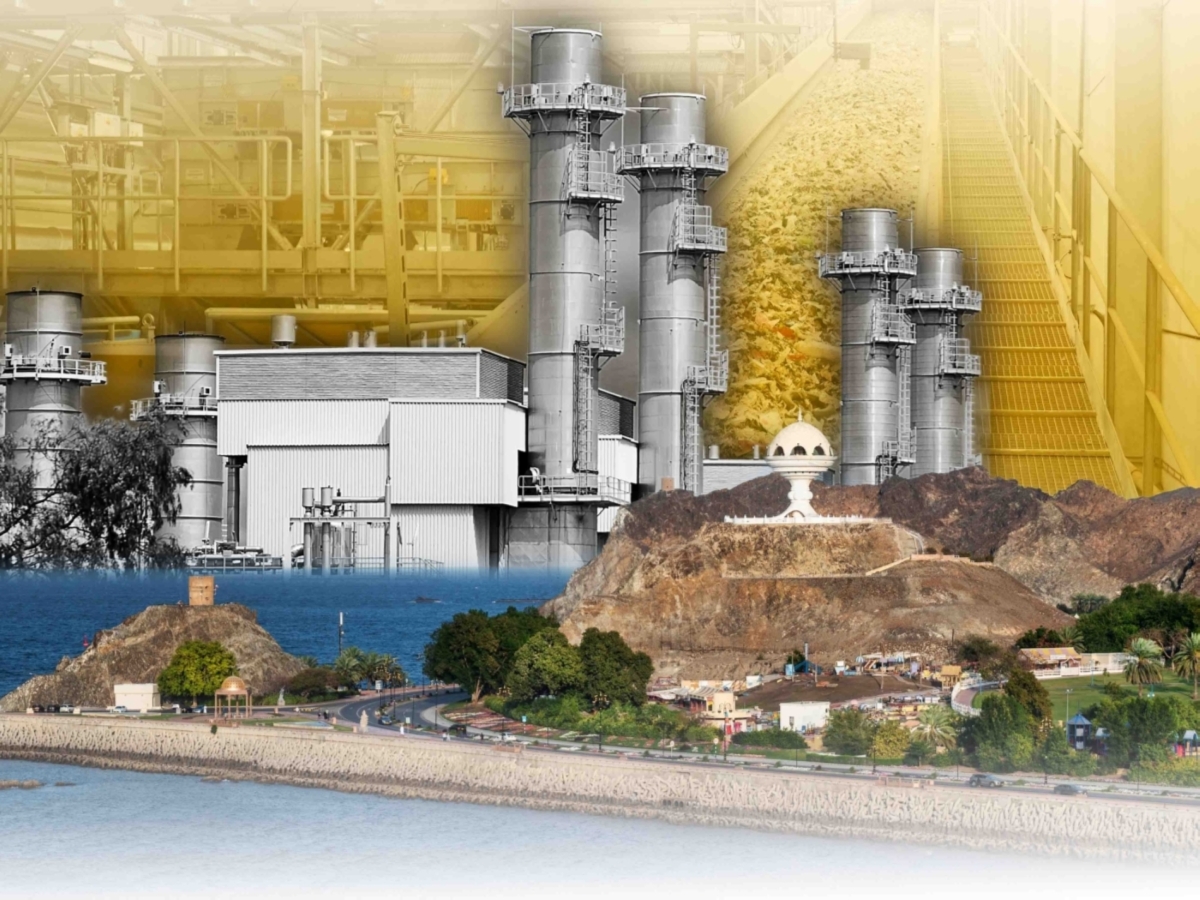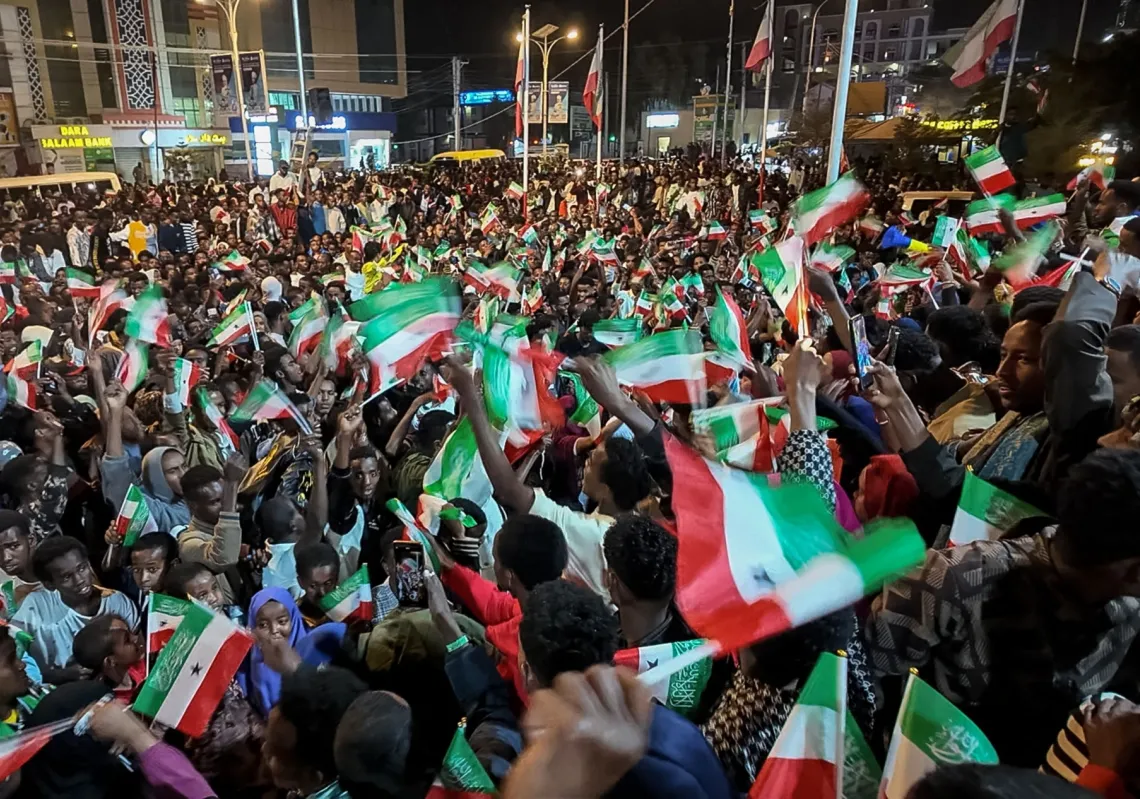Oman’s decision to proceed with a utility-scale waste-to-energy (WTE) facility in Barka marks a significant development in its energy and environmental policy. The project, which will be led by state-run Nama Power and Water Procurement Company (PWP) in partnership with Oman Environmental Services Holding Company (Be’ah) and the Authority for Public Services Regulation, is scheduled to begin operations in 2031. It is designed to convert municipal solid waste into electricity, with an expected annual output of 760 gigawatt-hours.
The facility will employ advanced grate incineration technology, capable of processing up to 3,000 tonnes of waste per day. This method is well-suited to the composition of Oman’s municipal waste, which tends to be high in moisture and low in calorific value. The thermal energy generated will be converted into electricity via steam turbines and integrated into the national grid through a 132-kilovolt substation. The plant’s output will complement Oman’s growing portfolio of solar and wind assets.
PWP CEO Ahmed bin Salim Al Arabi described the project as “a strategic leap toward achieving the Sultanate of Oman’s vision for sustainable energy and responsible waste management.” His remarks reflect a broader shift in the region, where energy policy is increasingly being shaped by environmental considerations and long-term planning.
National goals
The project is aligned with Oman’s Net Zero by 2050 strategy and Vision 2040, both of which prioritise sustainability and economic diversification. It will also support the country’s transition toward a circular economy by reducing landfill dependency and recovering energy from waste. According to PWP, the facility will reduce carbon emissions by up to 50 million tonnes over its 35-year lifespan, largely by diverting waste from landfills and avoiding methane emissions.
While the environmental rationale is clear, the project’s strategic value lies in its ability to address multiple policy objectives simultaneously. It will contribute to energy security, reduce the environmental burden of waste, and introduce a new industrial capability.












